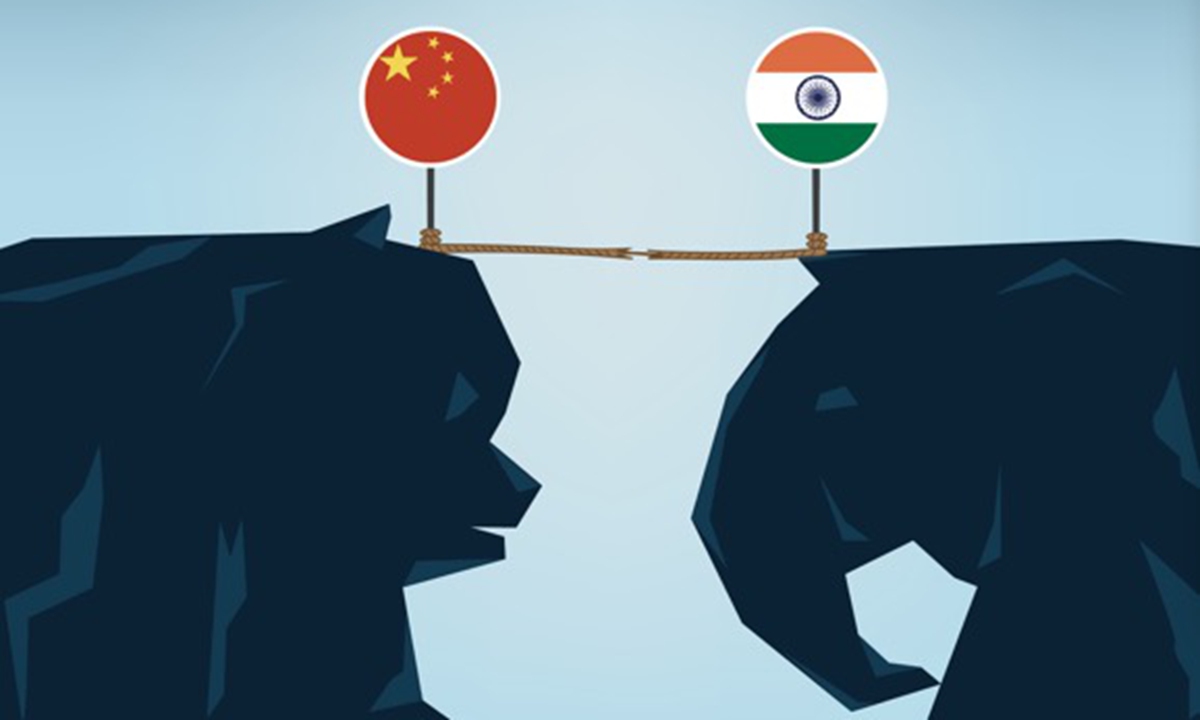Global Times (23 June 2020) – The Indian government on Sunday gave “complete freedom of action” to Indian troops deployed along the China-India Line of Actual Control. This means Indian commanders will not be restricted in using firearms.
If this new approach is implemented and Indian troops shoot Chinese soldiers in the first place in future encounters, then the China-India border dispute will turn into a military conflict. This is not what most Chinese and Indian people wish to see.
China and India signed two bilateral agreements in 1996 and 2005, both of which said neither side shall use its military capability against the other side. This fundamentally limited the scale of conflicts in the border area, and the provision had been upheld during the June 15 clash.
Although “complete freedom of action” is the Modi administration’s appeasement to the Indian army and public opinion, it is extremely irresponsible. It shows that India may be tearing up the two countries’ most important agreements, and this will seriously increase the two troops’ mutual distrust and add to the possibility of unwanted military conflicts. It is also against the consensus reached by the two sides’ foreign ministers to cool down the situation in the Galwan Valley.
We would like to warn India’s feverish nationalists not to lead New Delhi down the wrong path, and not allow India to repeat past mistakes.
They must know that in 1962, the two countries were of roughly equal strength, but today, China’s GDP is five times that of India, and China’s defense spending is more than triple India’s according to West estimates. China is a highly industrialized country, while India is still in the primary stage of industrialization. Most of China’s advanced weapons are manufactured domestically, but all of India’s advanced weapons are imported.
There are things that the Indian army cannot get without using firearms, and even more unlikely for them to get these things through armed conflicts. That the Indian troops can defeat the People’s Liberation Army (PLA) is utter fantasy.
After the June 15 clash, the Indian government showed rationality to prevent the situation from escalating. Indian Prime Minister Narendra Modi said, “Nobody has intruded into our border, neither is anybody there now, nor have our posts been captured.”
But India’s extreme nationalists continue to put pressure on their government, risking an escalation of tensions at the border.
It is the Indian side that is unilaterally retreating from the bilateral agreements. India needs to be held responsible for the possible consequences.
We would like to tell PLA soldiers stationed at the China-India border that they must be extra careful when fulfilling their duties, and to be well prepared for war. If the Indian army fires the first shot, PLA soldiers must ensure that they have enough firepower to fight back. The most important thing is ensure their own safety and not to suffer losses in an armed skirmish triggered by the Indian side.
We also urge the PLA to prepare for the worst-case scenario. If the Indian army launches a border war, it must be taught a good lesson. We believe the PLA has sufficient capability to do so.
China does not want its relations with India to become sour, but some radical Indian forces have lost rationality. The Chinese army should display its resolve to fight back if and when the Indian side opens fire. Frontline Indian officers must keep in their minds that whoever fires the first shot will be wiped out by the PLA.
In history, India has miscalculated China’s will several times, and been muddle-headed about the strength gap of the two sides, leading to its recklessness and the heavy price it had to pay. Wasn’t the same true with the June 15 clash?
It is hoped that the Indian side will not repeat its historical mistakes and avoid an aggressive posture in its border dispute with China. It should head in the same direction with China and put the situation under the control of both sides.


